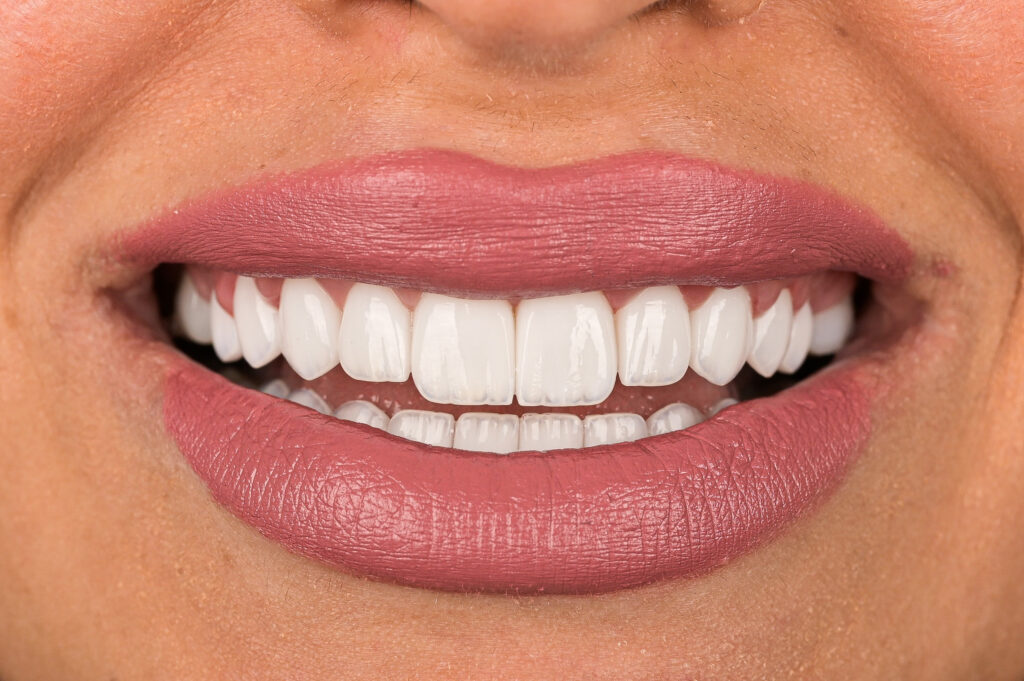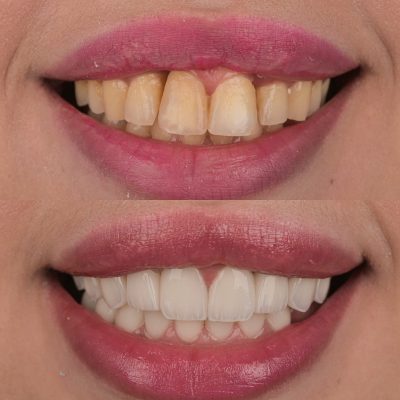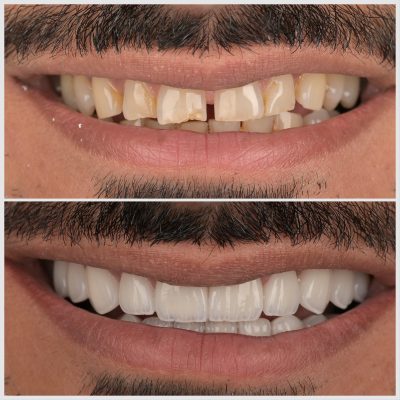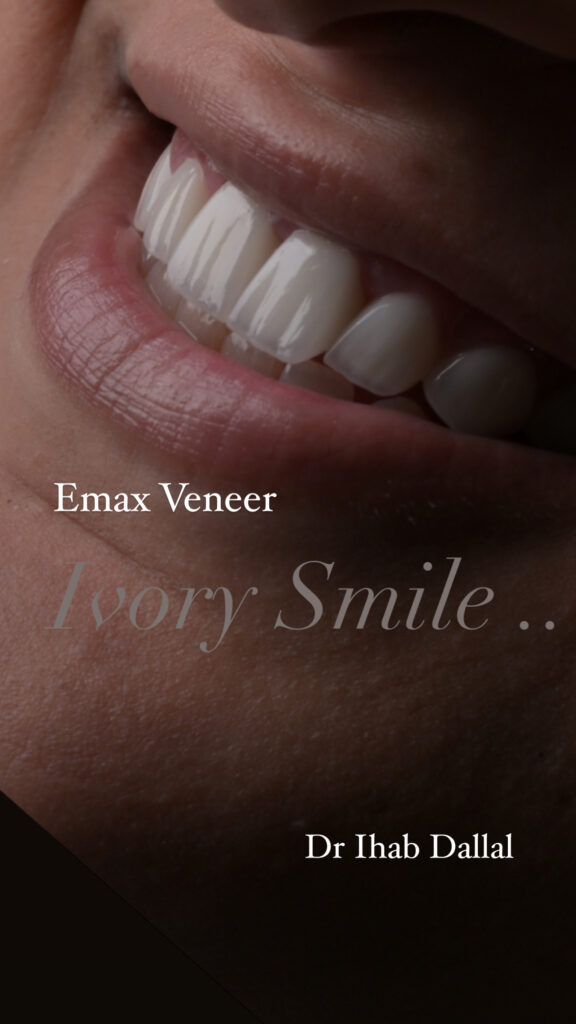What are Veneers ?
Dental veneers are thin, tooth-colored shells that are attached to the front surface of teeth to improve their appearance. They can be used to treat cosmetic concerns like chipped, broken, discolored, or smaller-than-average teeth.
What are the different types of veneers?
Dental veneers are most commonly made out of porcelain or composite resin and require intensive prep work. But there are also “no-prep” veneers, which are applied through a different processTooth reduction depends on your dental concerns and the number of teeth involved. When several teeth are involved, a dentist may order a wax model to show you how the veneers would look.
On the other hand, no-prep veneers may require some tooth preparation or alteration, but these alterations are minimal.

1. Porcelain veneers
Some dentists will begin by grinding down the teeth and then making an impression of your teeth for the creation of a mold. Then they’ll send the mold out to a lab for the porcelain veneer to be made. Once the veneer is ready, your dentist can place it on your prepared tooth and cement it in place. Temporary veneers may be used until the permanent veneers come back from the lab.Meanwhile, other dentists may use CAD/CAM technology so a computer can design the veneer. Your dentist can make the actual veneer right there in the office.
2. Composite resin veneers
If you choose composite resin veneers, your dentist will etch the surface of your tooth before applying a thin layer of the composite material to your prepared tooth. Additional layers of composite may be necessary to achieve your intended look. Your dentist will finish by curing, or hardening, the composite veneer with a special light.
3. No-prep veneers
These include options like Lumineers and Vivaneers, which are specific brands of porcelain veneers. They take less time and are less invasive to apply.
Instead of removing layers of tooth under the enamel, no-prep veneersonly affect the enamel. In many cases, no-prep veneers don’t require local anesthetics or temporary veneers.
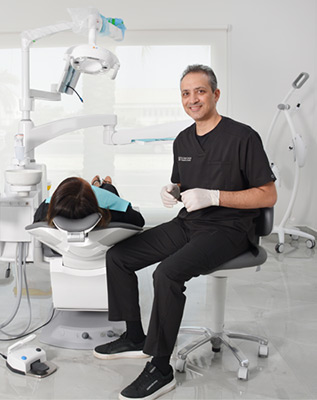
Veneers: Before and after
You may be surprised by how much of a difference a dental veneer can make, taking you from a chipped, cracked, misshapen, or stained tooth to an evenly shaped, naturally colored tooth. Check out this set of before-and-after photos to see what you can expect.
Why choose ivory clinics ?
We at Ivory Clinics, with cosmetic dental specialists and equipment at the latest international levels, guarantee you the best possible cosmetic results.Using the latest smile design programs and dealing with international dental manufacturing laboratories, which are supervised by our doctors to ensure the quality of work and materials used, so that you end up with the smile of your dreams.
What are the benefits of dental veneers?
The biggest benefit to veneers is improving the appearance of your teeth, giving you a brighter and more even smile. Dental veneers are often used to treat the following cosmetic occurrences:
- broken or chipped teeth
- severe discoloration or uneven coloring that can’t be fixed with whitening
- gaps in the teeth
- smaller-than-average teeth
- pointed or unusually shaped teeth
Veneers can last for more than a decade, depending on the type of veneer you choose, making them a semipermanent investment that can make you more confident in your smile.
It typically takes between 1 and 2 weeks after your dentist creates your mold to get your veneers back from the lab. Once your veneers are in, you can schedule an appointment to have them placed. At this appointment, your dentist evaluates the fit, shape, and coloration of the veneers to make sure they’re perfect for you. Next, your dentist thoroughly cleans your teeth. This is important, as it keeps bacteria from being trapped under the veneer and causing decay. After they do this, they use the grinding tool to create a rougher texture on each tooth on which a veneer is to be applied. This makes it easier for the veneer to stick to the tooth. Your dentist then uses dental cement to bond the veneer to the tooth. They’ll use ultraviolet light to harden this cement quickly.This second appointment (where veneers are placed) typically doesn’t last longer than 2 hours. But it might vary depending on the number of veneers being done and if a local anesthetic is used.
Unlike other dental procedures, the recovery process doesn’t take an extended amount of time. Instead, once the veneers are cemented on, and any anesthetics wear off, you can eat and chew as you normally would. While the anesthetic is wearing off, be conscious of not chewing on your cheeks or tongue.
In some cases, immediately after the veneers are applied, you may notice that they feel a little rough. These rough spots (usually from extra cement that can adhere to the veneer) wear down after several days of normal eating and teeth brushing. If they don’t, your dentist can smooth them out.
Traditional porcelain veneers typically last at least 10 yearsTrusted Source (and some research suggests that they can sometimes last as long as 20 yearsTrusted Source), and no-prep veneers last around 5 to 7 years. Taking certain precautions can help make sure that you get the longest lifespan out of them as possible. These precautions include:
- Don’t chew on hard objects like pens, ice, or your fingernails.
- Never use your teeth to open packaging.
- Try not to chew with your front teeth. Eat harder foods with your back teeth only; cut up hard foods so that this is possible.
- If you grind or clench your teeth at night, get a splint or retainer to protect your veneers.
- If you play sports, you should wear a mouth guard.
- If you grind or clinch your teeth, you should get a mouth guard or retainer.

